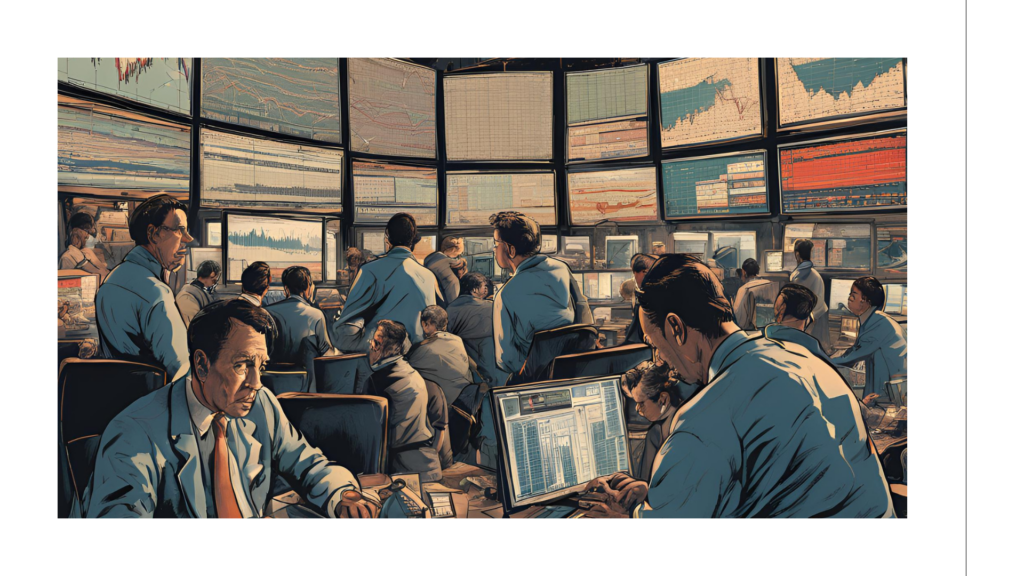
Market anomalies are phenomena identified after formulating the Efficient Market Hypothesis (EMH).
To recap briefly, the EMH suggests that prices reflect all available information. This postulate is similar to the fundamentals of technical analysis and may even be identical to its weakest form of efficiency. For a deeper dive, I recommend William Sharpe’s book Investments.
Market anomalies refer to deviations from various branches of the EMH that describe conditions allowing for returns that exceed market expectations.
Anomalies can be broadly categorized into:
Calendar anomalies
Price behavior anomalies
Behavioral anomalies
Informational anomalies
Again, Sharpe’s work is a great resource for more detail. The essence of anomalies lies in identifying when and where you can achieve higher-than-expected returns.
However, I’d like to discuss the “flip side of the coin”: situations where traders incur losses despite thorough calculations and strategies. These I call critical or adverse conditions.
Definition: A critical situation occurs when a trader experiences an unplanned loss despite the reliability of their system.
Example: The touch of the Bollinger Band’s upper boundary often indicates further price growth. However, there are instances where touching the upper boundary is followed by a decline. Your task is to calculate how often the price might touch the upper boundary repeatedly before ultimately moving downward. This scenario would constitute a critical situation. By analyzing such expectations, you can determine how to achieve a net positive outcome over a finite number of trades.
Identifying the conditions for critical situations is challenging. Markets and behavior constantly evolve, while statistical data can shift. These changes introduce uncertainty in profit projections and increase the risk of unplanned losses.
The foundation of such analysis lies in identifying signals, without which no significant price movement occurs, and establishing conditions where such signals yield profit.
Example: Let’s revisit the Bollinger Bands.
Place a stop-loss below the low of the last candle.
Set a take-profit three times larger than the stop-loss.


